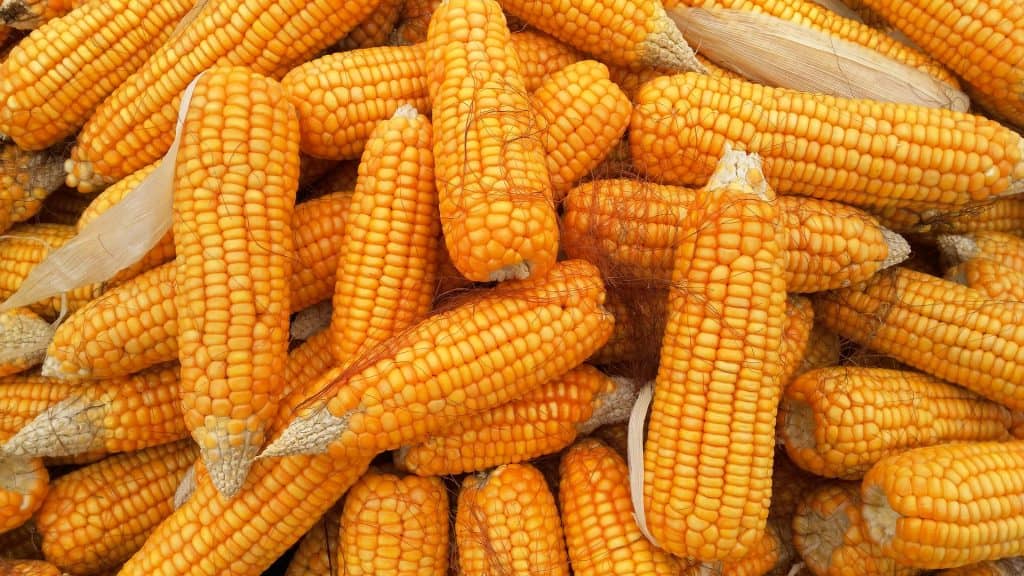Porto Alegre, November 8, 2022 – The Brazilian political transition is directly and intensely affecting trading decisions in the domestic market of corn. The protest movements in the interior of the country are also being supported by the majority of agribusiness, a sector that does not accept ideological political bias and the return of an economic framework that has already proved to be unrealistic for the Brazilian economy standards. Exports have maintained their buying impetus, however, the artificial appreciation of the real during the week hampered the formation of corn prices at ports and served as a limiting factor for hikes in the interior.
Brazil’s Central Bank did not act, and the dollar index did not yield to the point of generating a positive environment for the real. In this way, we can only understand the appreciation of the real during the week as a direct action of big financial institutions to generate an environment of positive vision in the midst of chaos. The dollar close to BRL 5.00 with the political-economic bias that we have ahead reveals strong attention to the direction of the exchange rate for 2023.
Meanwhile, the exchange rate left the domestic market contained in terms of prices last week. Prices at ports dropped to BRL 88/87 for November/December and BRL 89/90 for January. With the CBOT without much bullish strength, the domestic market was unable to maintain a bullish bias in early November. Exports, in turn, maintain the excellent performance of shipments.
At this point, high premiums in the Gulf of Mexico make US corn quite expensive, and Argentina’s export limit intensifies the convergence of demand to Brazil. Last week, the Brazilian agribusiness media, and always the same erratic sources of information, revealed the accreditation of companies for corn exports to China. The Brazilian market was never closed to China, it just needed a health and trade structure so that business could move forward safely. The current procedure leaves the Brazilian market regulated for shipments to China, but this does not mean that there will be a large volume of business in the short term. This is because China is still reaping its good 2022 crop, domestic prices are stable, and there would be no need for additional imports before April/May for shipments from June to September 2023. In other words, for the 2023 second crop, China could be a reality to the Brazilian market.
This version is reflected in the attitude of trading companies in the domestic market, that is, without any additional purchase movement or signaling more shipments ahead. We continue to focus sales on other international buyers, mainly Europe and the Middle East, whose trade with Iran could be further shaken by new global economic sanctions. Brazilian shipments now exceed 35 mln tons, with November surprising and surpassing 5 mln tons scheduled. Shipments could exceed 40 mln tons in the business year, reducing carry-over stocks for 2023.
The 2022 second crop sales reached 69% this November, still below average and demonstrating there is still important work to be done to empty warehouses until the arrival of the soybean harvest next January. In this first survey for the 2023 second crop, we notice that commercialization is quite slow. The prices for the 2023 second crop do not please producers, who choose to wait for better sales conditions for the next year, not least because of the high production cost of the new crop.
PUT MARKETING TAB 23
The weather in the summer crop has brought good rains in much of Brazil in October and early November. For the South region, the point of attention was the cold front with low temperatures in the middle of November, which it can affect the rate of plant development due to excess moisture in Santa Catarina and western Paraná.
In Argentina, good rains for the last 15 days in the main growing region. These were the first good occurrences this spring in the region. Planting will move forward, and from now on, attention to the weather will have paramount importance for international prices, as a new crop failure in South America could put the corn and soybean markets on a bullish trajectory again.
Follow the Safras Agency on our website. Also follow us on our Instagram and Twitter and stay on top of the main agribusiness news!
Copyright 2022 – Grupo CMA

